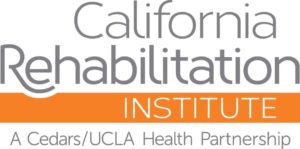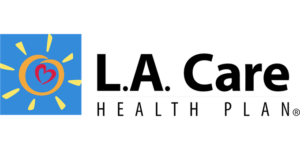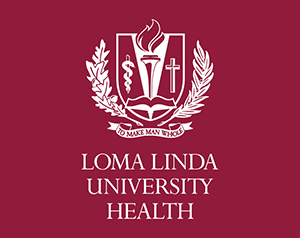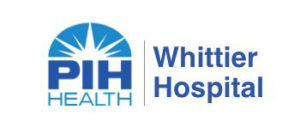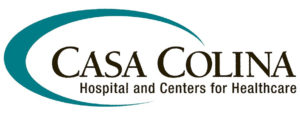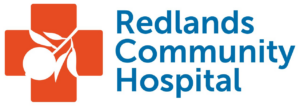Feature
What Now for California Nursing Organizations?
With conferences and face-to-face networking events on hold, professional groups are redefining their mission
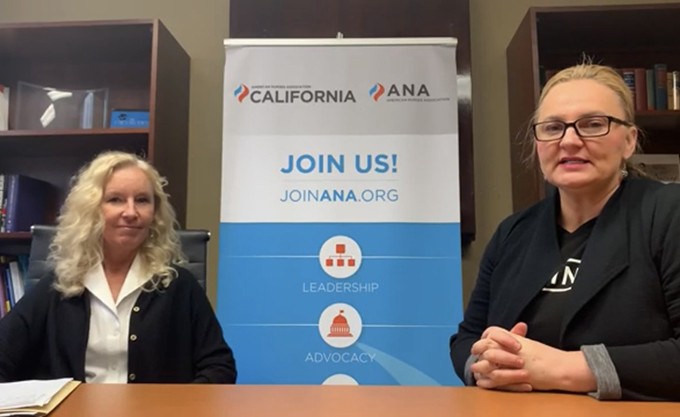
“When we had to cancel Lobby Day, we knew something had changed,” says Marketa Houskova, RN, DNP, MAIA, executive director of the American Nurses Association California (ANA/C). Lobby Day is a big annual event that brings hundreds of nurses to Sacramento each year to meet with elected officials and discuss nursing issues — something that clearly wasn’t going to happen during a pandemic.
Over the past few months, the leaders of many professional nursing groups have had similar moments of revelation. The global pandemic has forced organizations like ANA/C and the Association of California Nurse Leaders (ACNL) to rethink their plans, goals and priorities.
2020, named the Year of the Nurse and Midwife by the World Health Organization, has not turned out to be the year of celebration we had envisioned. Rather, it has been a year of sacrifices and improvisation for nurses.
Houskova and ACNL Interim CEO Donna Kistler, RN, M.S., talked with me about the ways their organizations have adapted to better meet the changing needs of California’s nurses during one of our nation’s most challenging times.
From Challenge Comes Innovation
Within weeks, both organizations went from collaborating in their offices with members and colleagues to working from home and cancelling events they had worked hard to plan.
“For a nonprofit membership organization, these uncertainties can be terrifying,” Marketa reflects. “They also brought innovation, ideas and a new way of doing business.”
It hasn’t been an easy journey thus far, but associations are responding with innovation and creativity to remain a vitally important resource for nurses.
“We Always Knew We Were Capable”
While the coronavirus may have taken away these organizations’ ability to meet in person, it has only underscored the vital importance of collaboration and advocacy.
“Everybody found the time and tried to work together to create policies and guidelines to ensure we are providing the highest quality care and looking after our nurses,” Houskova says. “We always knew we were capable, but when this happened and we had to develop from the ground up, the power was enormous. I’m really proud.”
One recent focus of ANA/C advocacy has been supporting California’s nurse redeployment efforts. In collaboration with coalition partners, ANA/C has responded to Governor Gavin Newsom’s call to action by encouraging nursing students and nurses who have retired or are no longer in clinical practice to help care for their communities by signing up for California Health Corps (covid19.ca.gov/healthcorps).



